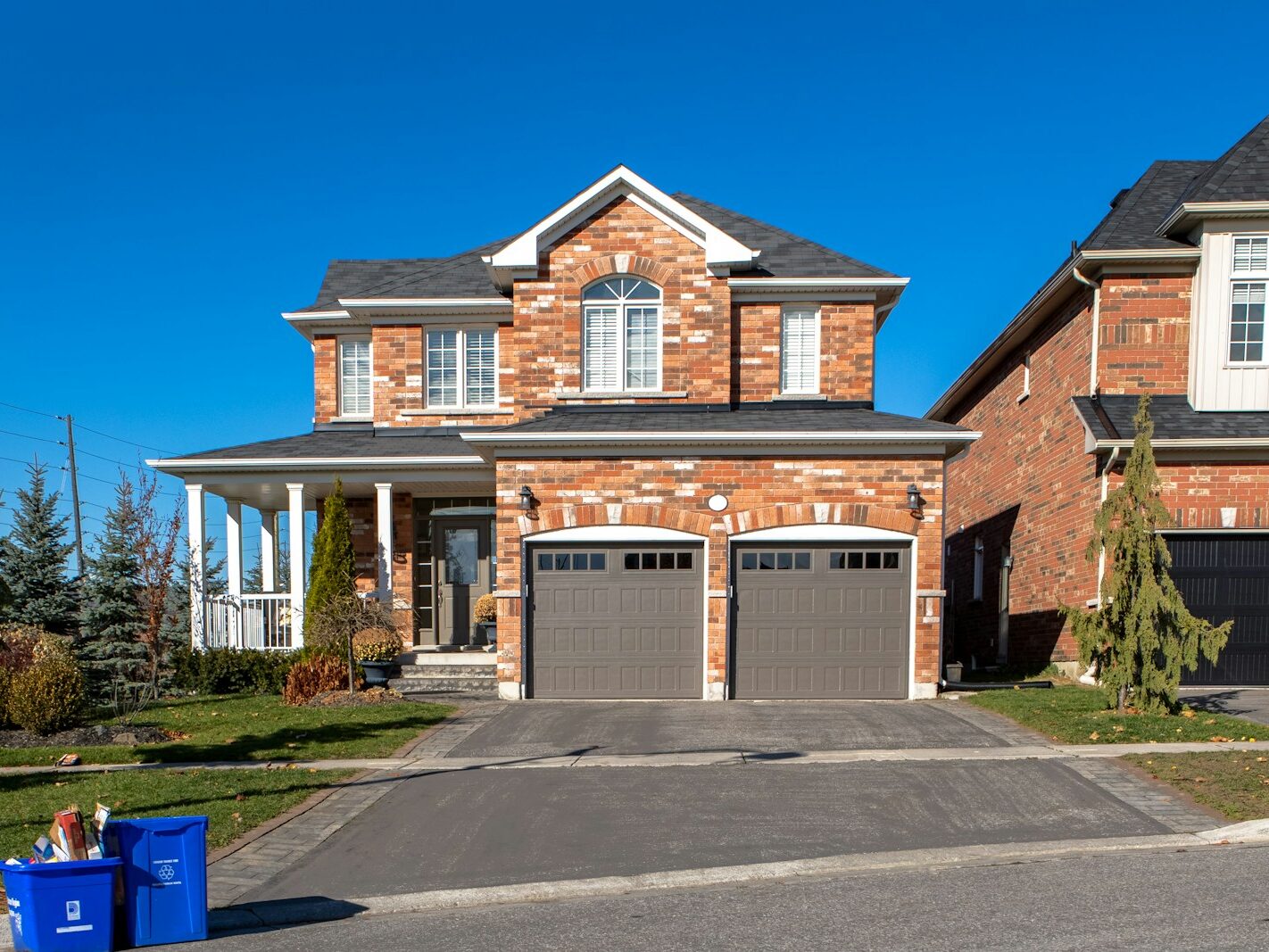
A house loses value in more ways than people expect. Big repairs matter, but everyday habits slowly shape how a property feels and looks. Little things become permanent marks that buyers notice long before the price is set. Most of the damage is avoidable yet it begins with choices that feel harmless at first. Here are 15 everyday habits that devalue your home.
Neglecting Regular Cleaning
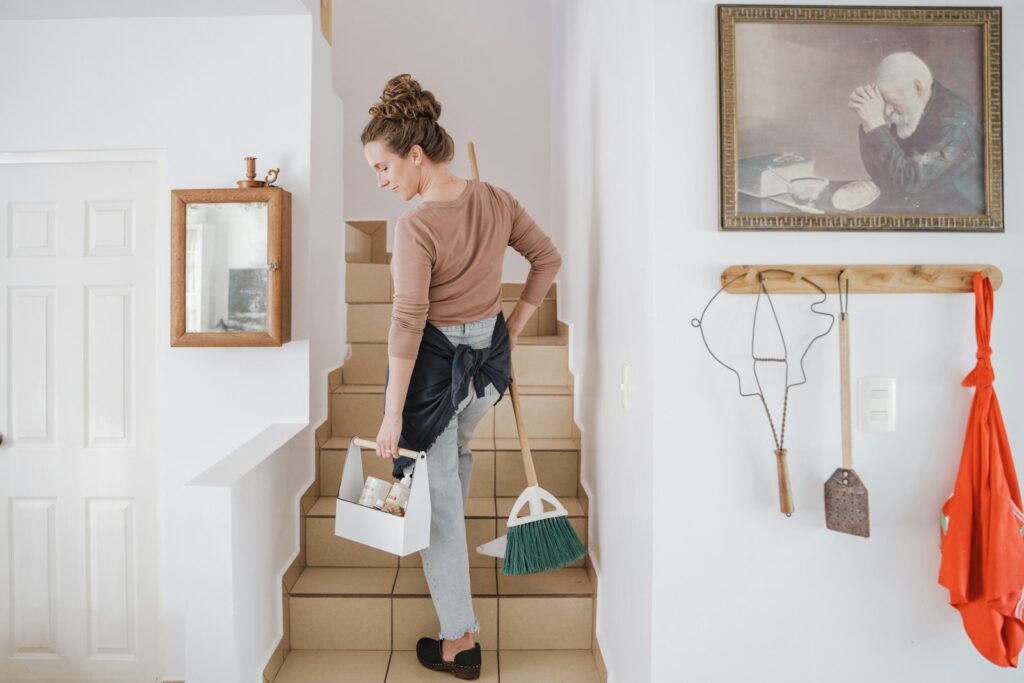
Dirt builds quietly. What seems like a few crumbs or dust patches turns into stains, smells and permanent marks over time. Carpets hold onto grit, kitchens collect grease and bathrooms show mold. Buyers notice these things right away, even if you’ve stopped seeing them yourself. A home that doesn’t feel clean loses its appeal quickly.
Ignoring Small Repairs
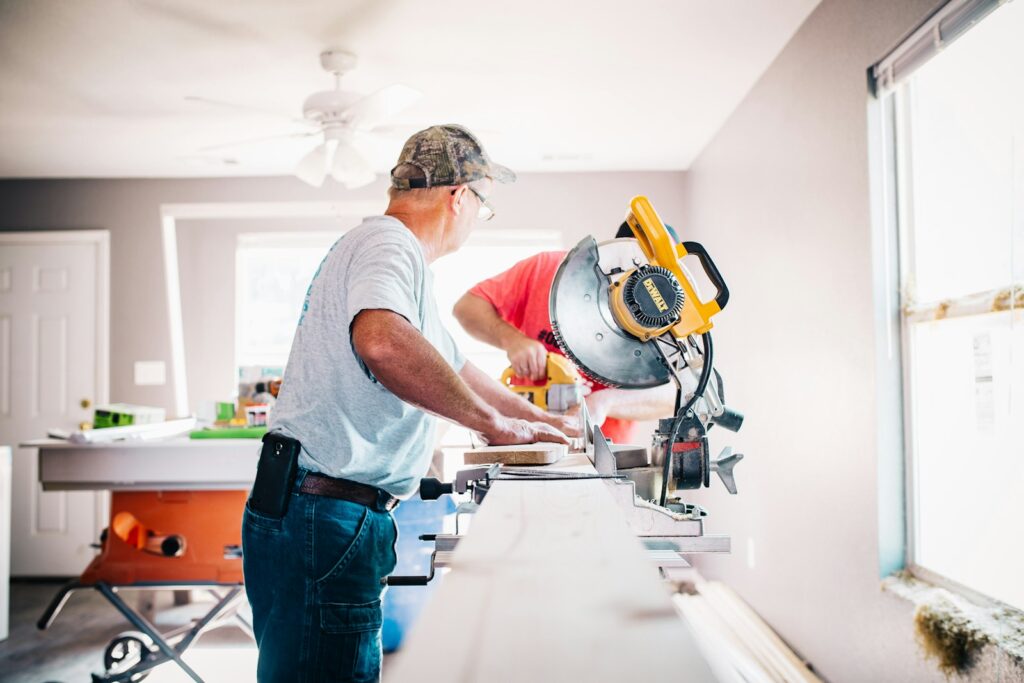
It’s easy to shrug at a dripping tap or a loose handle and tell yourself you’ll fix it later. The trouble is, those little issues stack up. Visitors don’t just see the leak — they see a pattern of neglect. Small faults hint at bigger ones hiding out of sight. Tackling repairs quickly costs less, keeps things working smoothly, and shows the house is truly cared for.
Cluttering Surfaces and Rooms
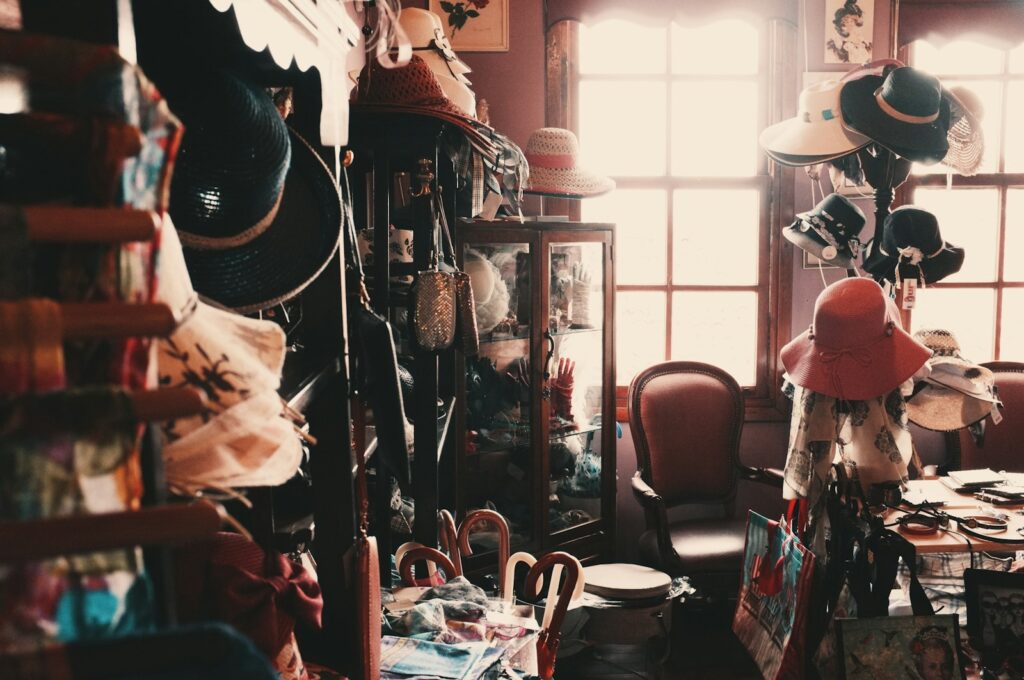
Clutter has a way of shrinking space. A table buried under papers or shelves stacked with random items makes rooms feel crowded. You may not notice because it’s your everyday view, but visitors do. Buyers equate clutter with poor storage, even when the house has plenty. Open surfaces and clear paths give a sense of calm and space that naturally raises appeal.
Smoking Indoors

Smoke doesn’t leave easily. It clings to walls, ceilings, and carpets, turning fresh rooms stale. Even if you air out the space, the odor lingers in fabric and paint. Yellow stains add to the damage, making buyers think of endless work ahead. Homes with a history of smoking almost always sell for less, no matter how well they’re staged. The habit leaves lasting marks.
Overwatering Houseplants
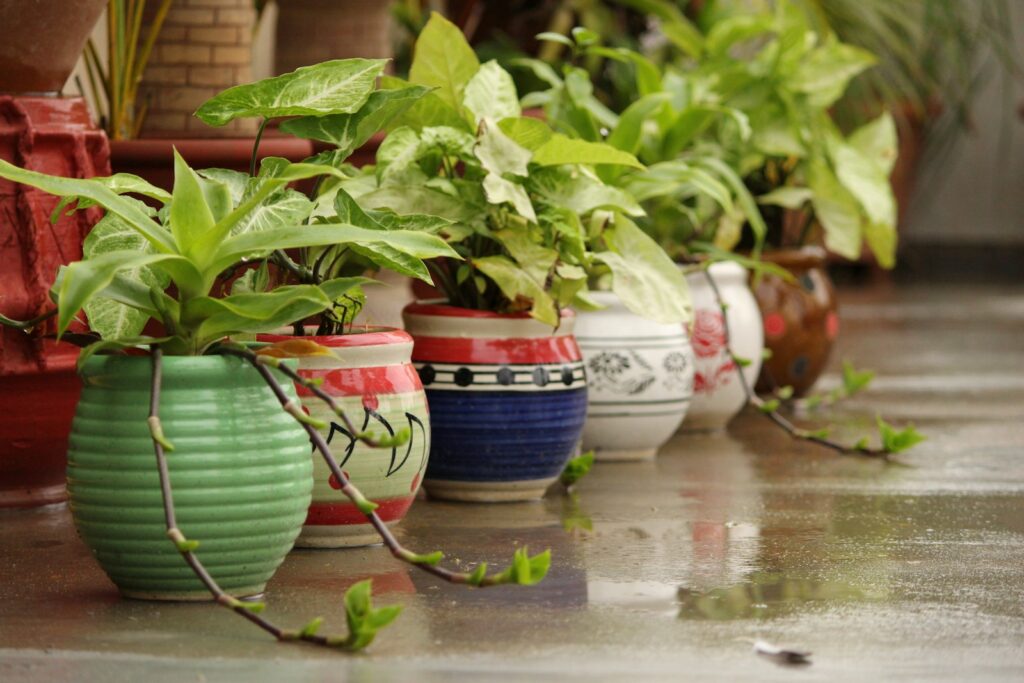
Plants look beautiful, but careless watering often causes hidden damage. Water spills soak into wood floors, carpets and furniture, leaving stains that don’t fade. Over time dampness encourages mold and attracts pests. A simple oversight with a watering can quietly reduces value in ways you won’t see until much later. Healthy plants brighten a space, but careless ones take more than they give.
Leaving Pet Mess Unchecked
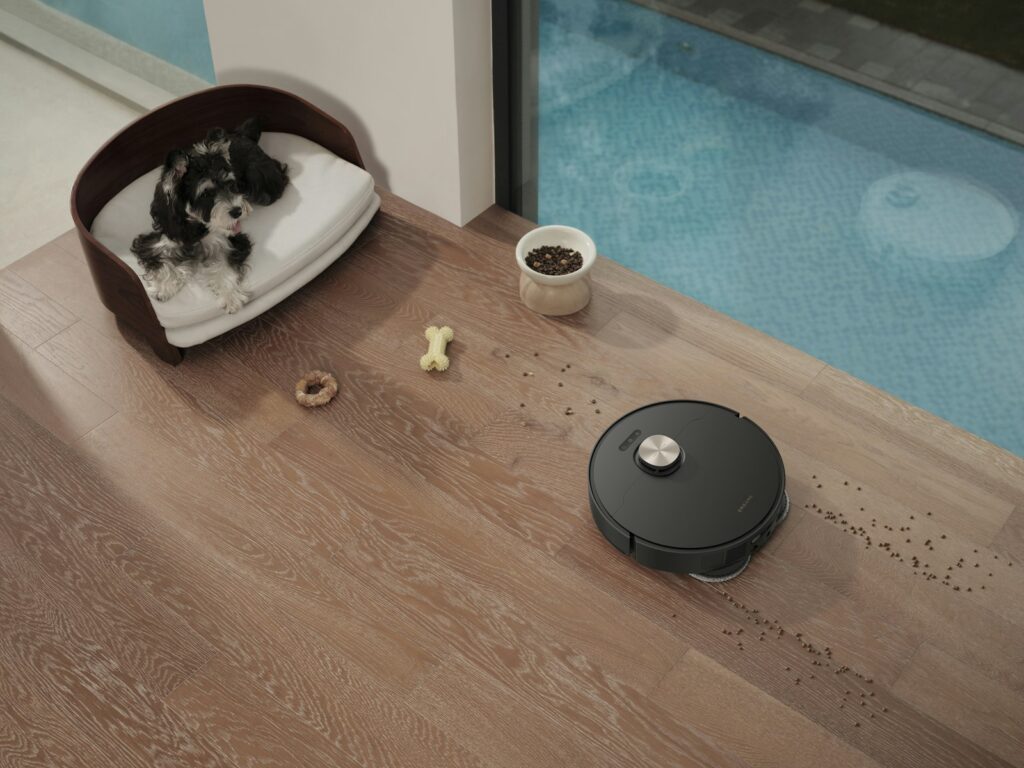
Pets bring warmth but their messes damage fast. Hair builds up in corners, odors sink into rugs, and scratched doors show clear signs of neglect. Owners get used to it, while visitors notice right away. Buyers often assume more problems lie beneath the surface when pets rule a home without boundaries. Regular cleaning and small preventive steps keep pets from lowering value.
Blocking Natural Light
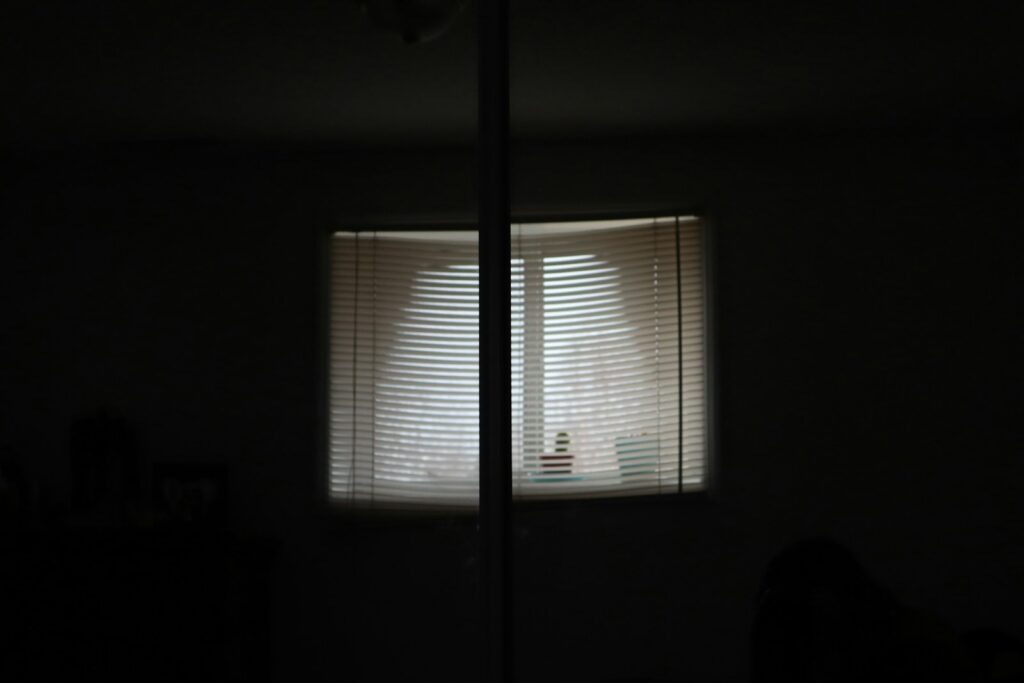
Natural light is one of the simplest ways to make a home feel open. Heavy curtains or blinds left closed all day dim the atmosphere and make rooms appear smaller. Even a bright space loses appeal if it feels shut off from sunlight. Buyers always prefer light-filled rooms. Blocking that view creates a gloomy impression that lowers the way your home is perceived.
Forgetting Exterior Care
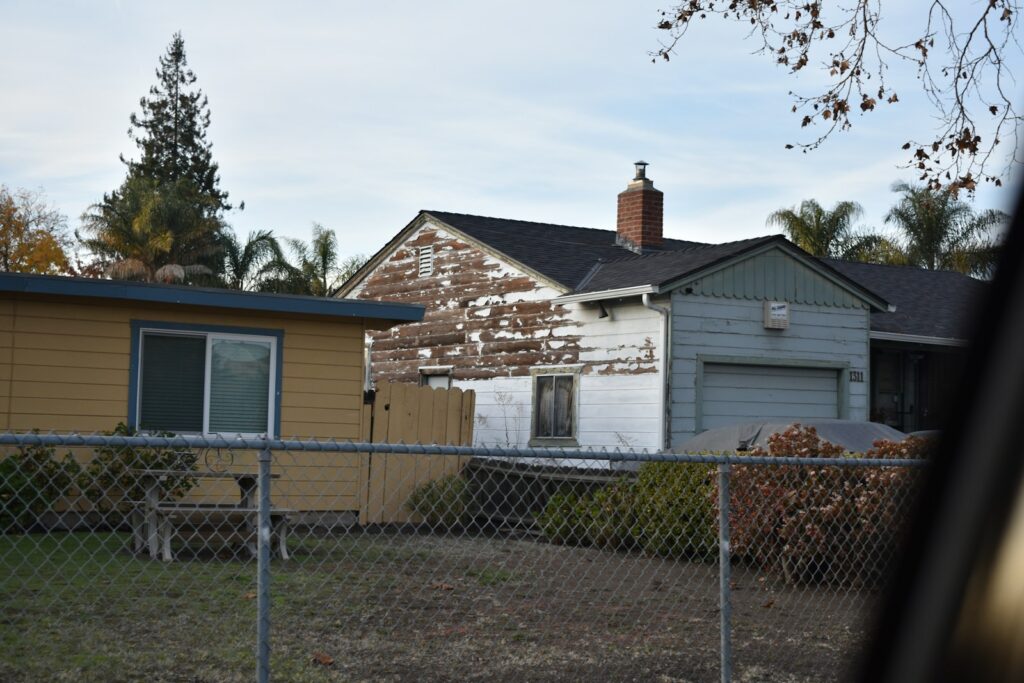
The outside of a house speaks first. A lawn left wild, chipped paint or dirty siding tells people the place isn’t being looked after. Even before stepping inside, buyers begin forming opinions. Good curb appeal doesn’t mean fancy gardens—it’s about steady, simple upkeep. A trimmed yard and clean walls signal attention. When the outside looks ignored, people assume the inside might be worse.
Using Too Much Scent
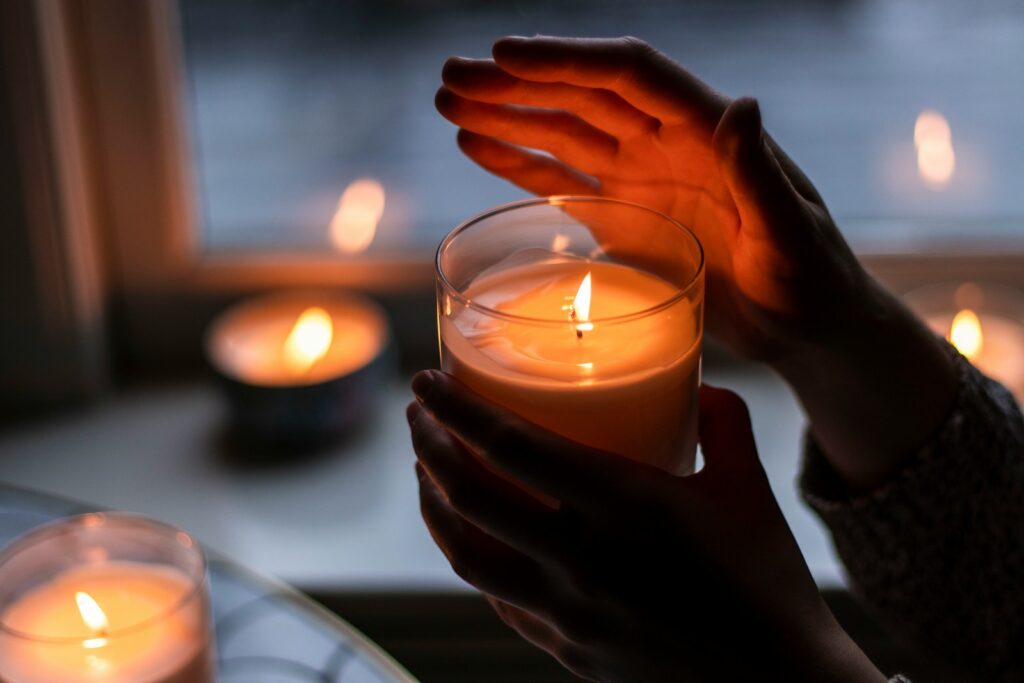
Heavy fragrances from candles, sprays or diffusers can overwhelm visitors. Instead of suggesting freshness, they often raise suspicion. People wonder what’s being covered up—smoke, dampness, or pet odors. Buyers trust neutral, natural air more than overpowering scents. A home that smells too strong feels staged rather than cared for. Clean air and light touches of freshness are far more convincing.
Wearing Shoes Indoors
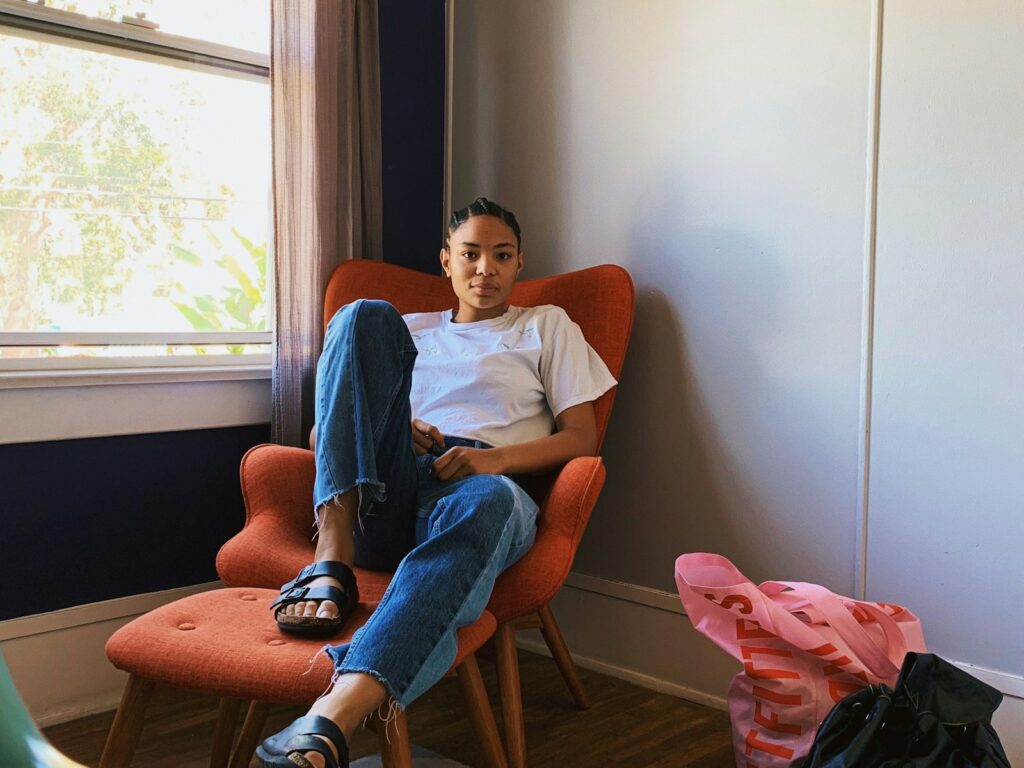
Shoes carry grit, dirt, and moisture that slowly grind into floors. Over time, wood loses its finish, carpets hold stains, and tiles dull. You may not notice day by day, but the damage becomes clear after years. Floors are one of the biggest features buyers check, and repairs are expensive. A simple habit of leaving shoes at the door protects long-term value.
Painting in Loud Colors

Bright, bold colors make a personal statement but they often limit a home’s wider appeal. What feels fun to you can feel overwhelming to someone else. Buyers see repainting costs and extra work. Neutral shades highlight space, while loud walls dominate it. Color choice is easy to change, yet the impression it leaves can reduce interest and drag down value quickly.
Overloading Storage Areas
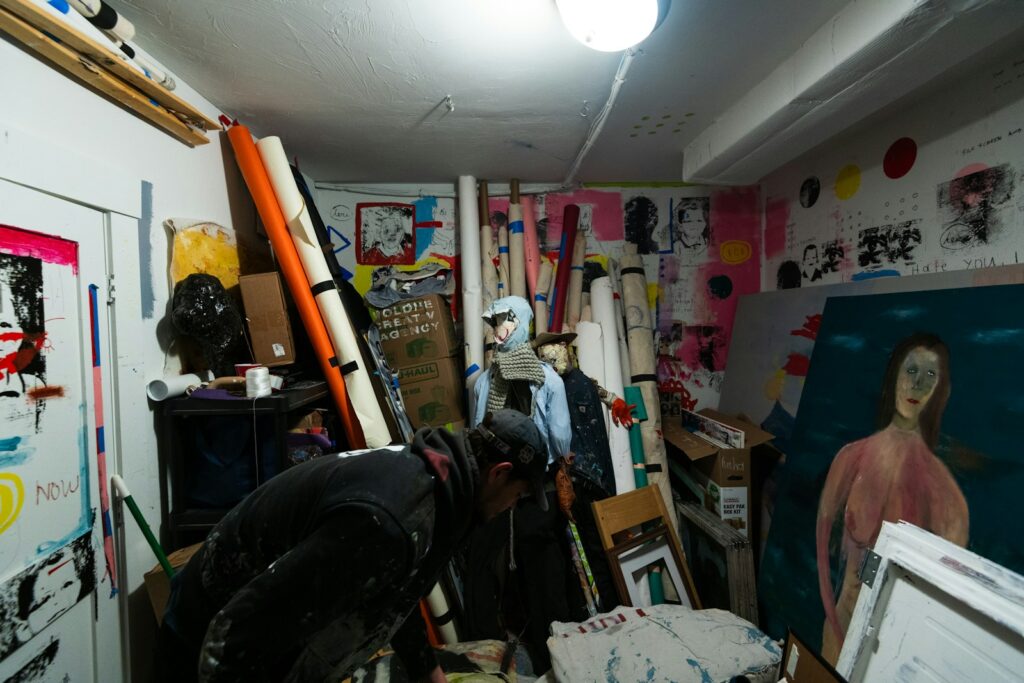
Stuffed closets and garages suggest there isn’t enough space, even when the house is large. Buyers open doors, and overflowing storage tells them the home struggles to hold daily life. Organized, partly empty storage makes a property feel abundant. It signals room to grow. Filling every corner may feel practical, but it turns storage into a negative instead of a strength.
Neglecting Ventilation

Airflow keeps homes healthy. When vents are blocked, windows stay shut, and air becomes stale, problems appear quietly. Dampness leads to mold, and odors never leave. By the time the signs are obvious, value has already dropped. Buyers worry about hidden damage when a house smells musty. Proper ventilation isn’t just about comfort—it protects the very structure of a home.
Overdecorating Spaces
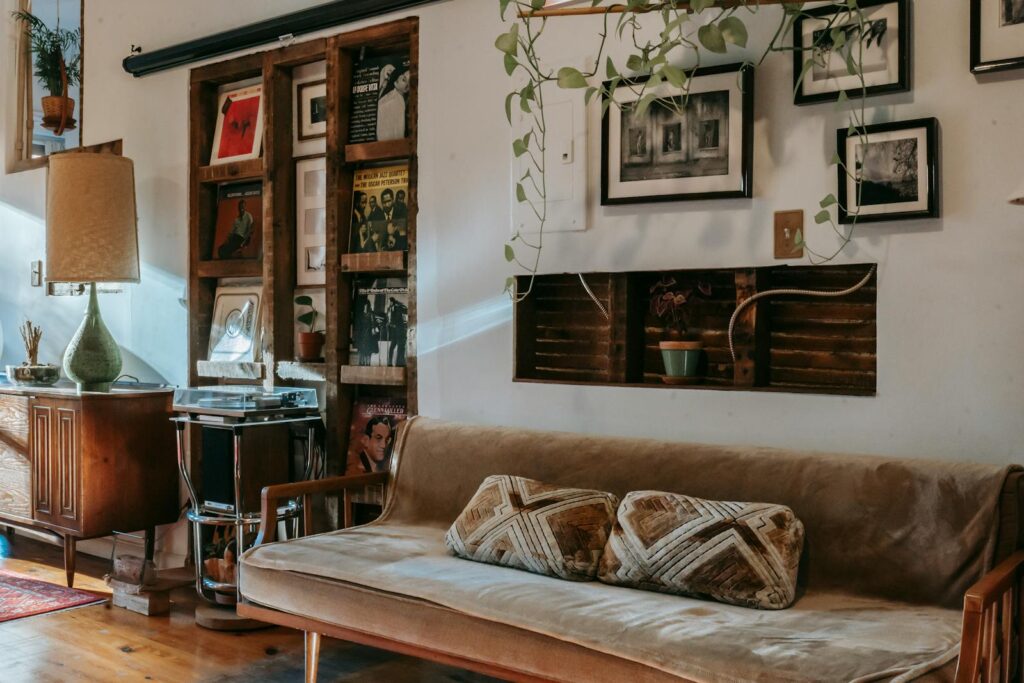
Too many decorations can overwhelm the rooms they’re meant to improve. When every wall holds artwork and every shelf is packed with trinkets, the space feels crowded. Buyers struggle to see past style to imagine their own. A lighter touch highlights the home itself rather than the belongings inside it. Overdecorating may suit your taste, but it limits the value for others.
Putting Off Deep Cleaning
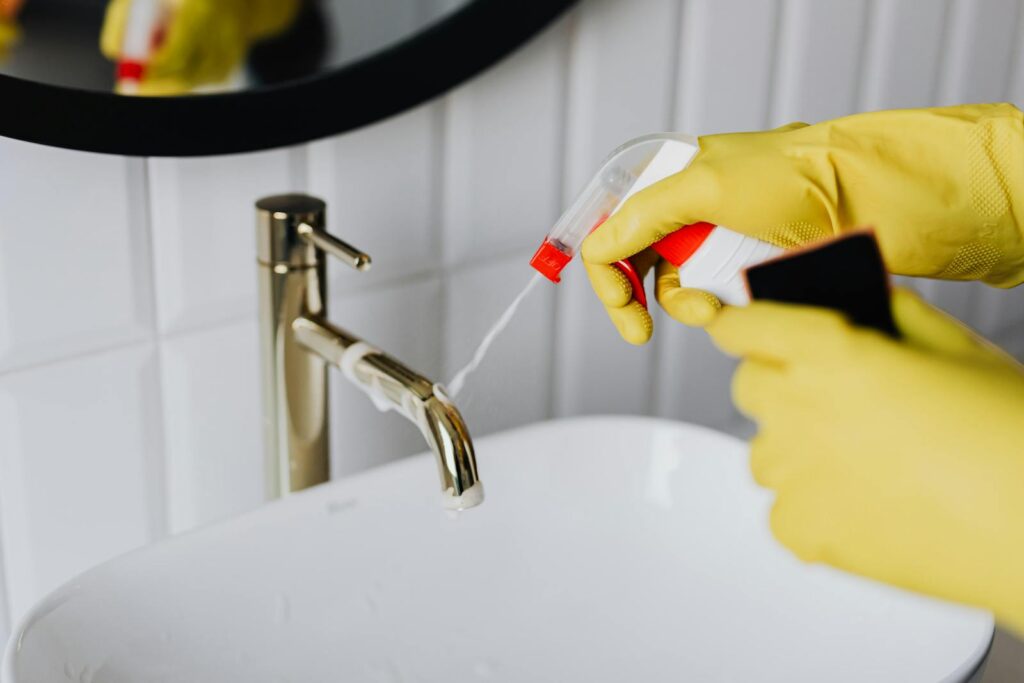
Wiping counters and vacuuming helps, but deeper dirt keeps building quietly. Grout stains, grease around appliances, and dust buried in carpets change how fresh a home feels. These things take years to show, then suddenly make a space look worn out. Buyers notice details like that more than you think. Regular deep cleaning resets a home, extending the life of what’s already there.

